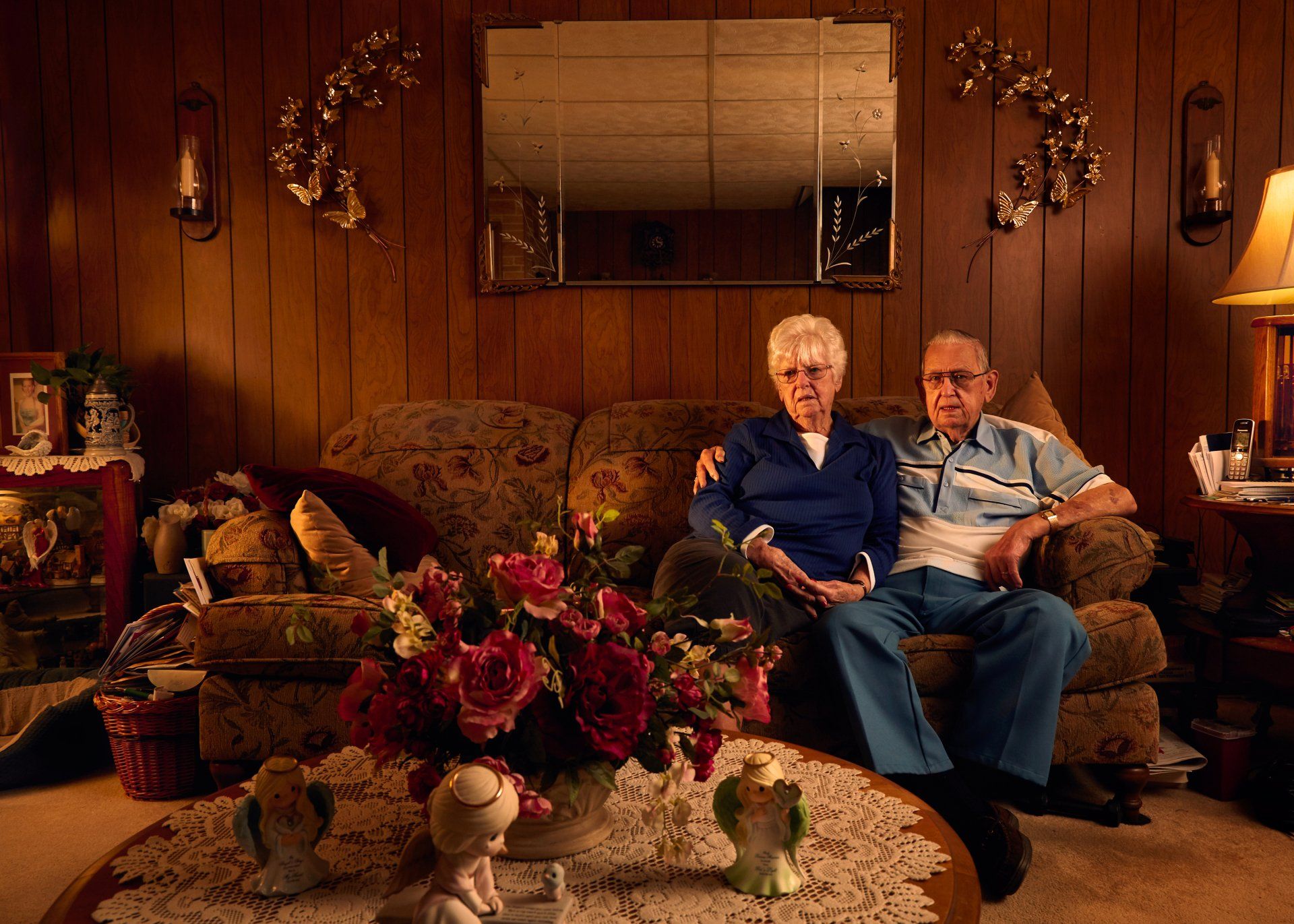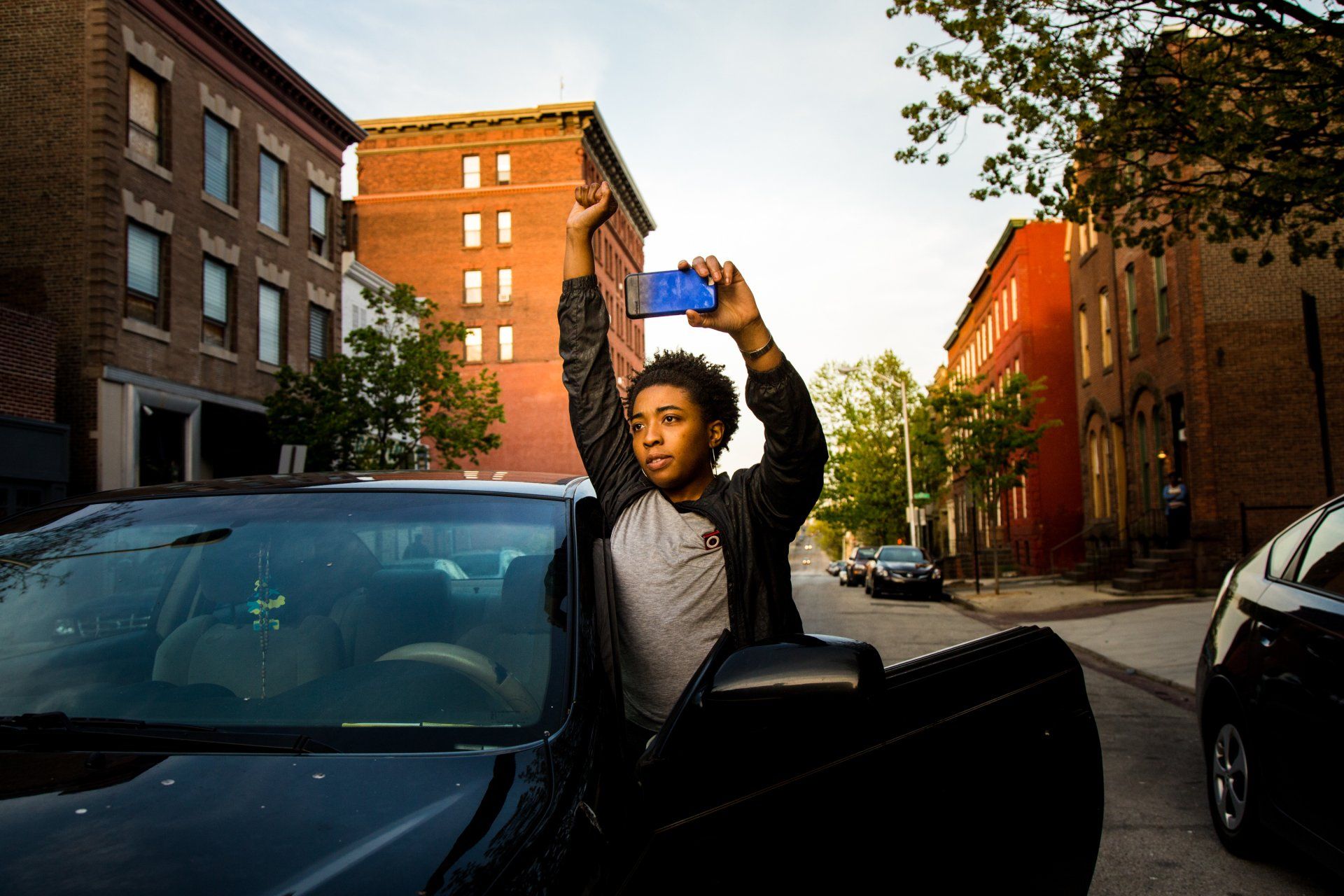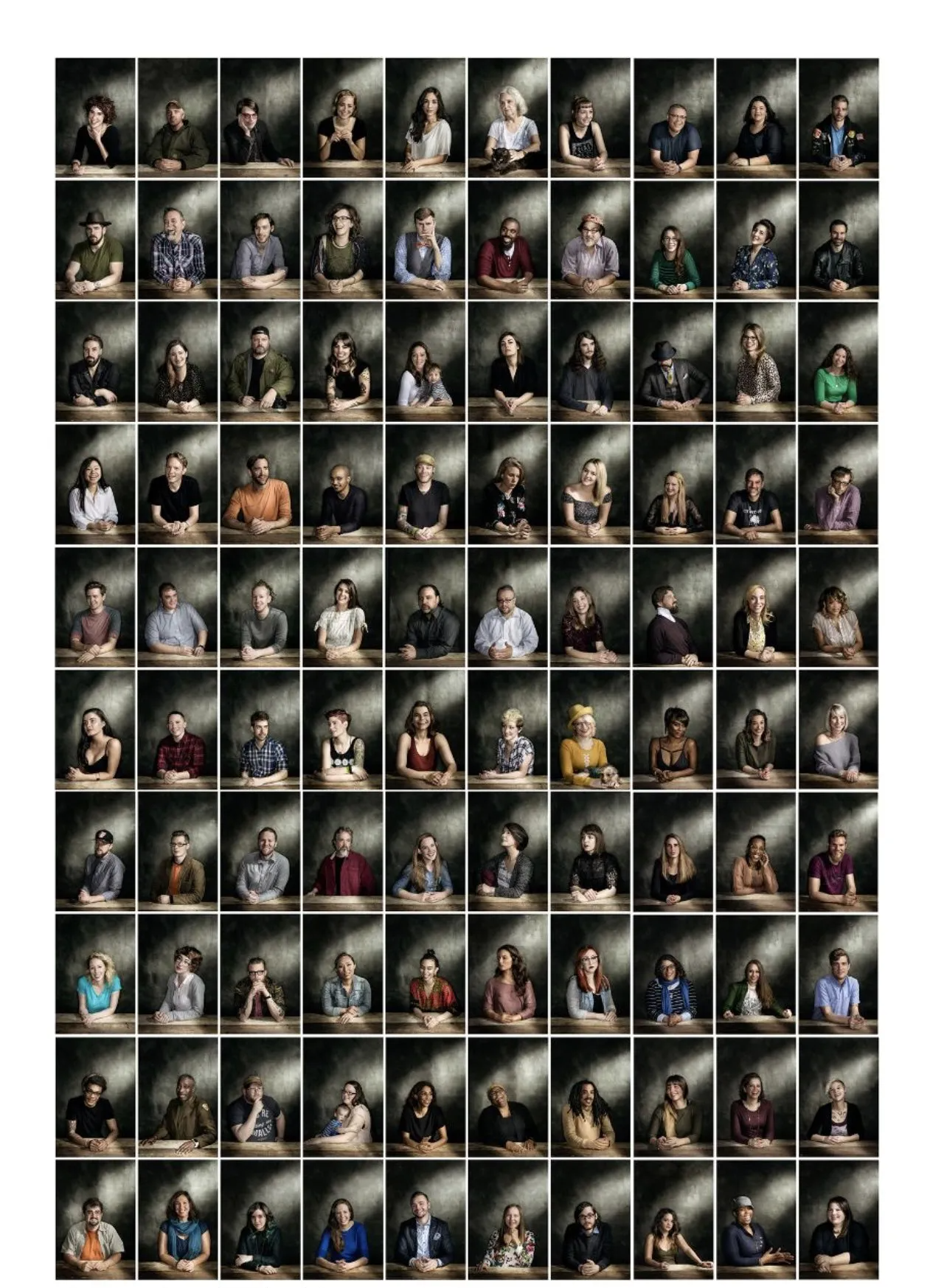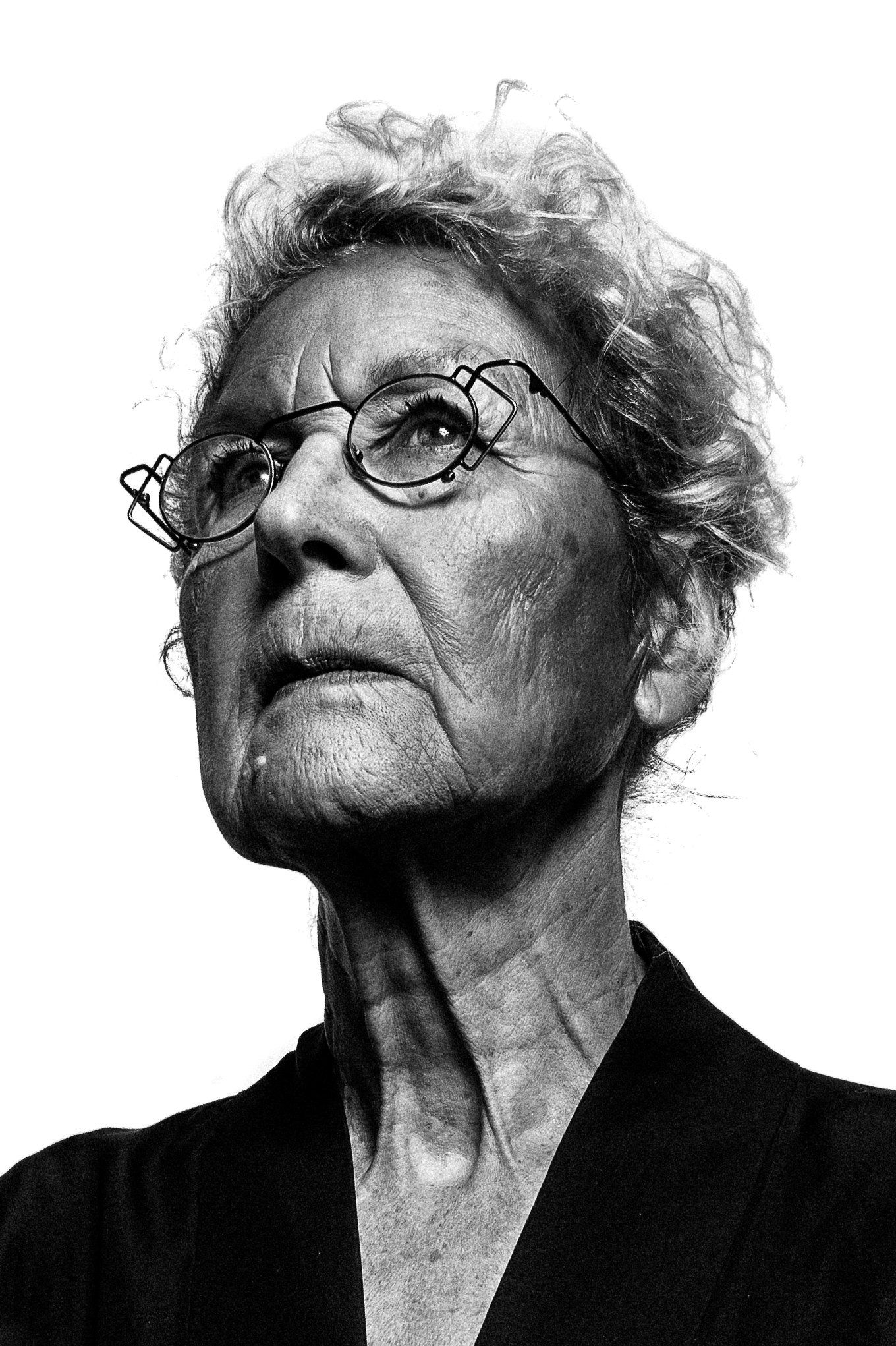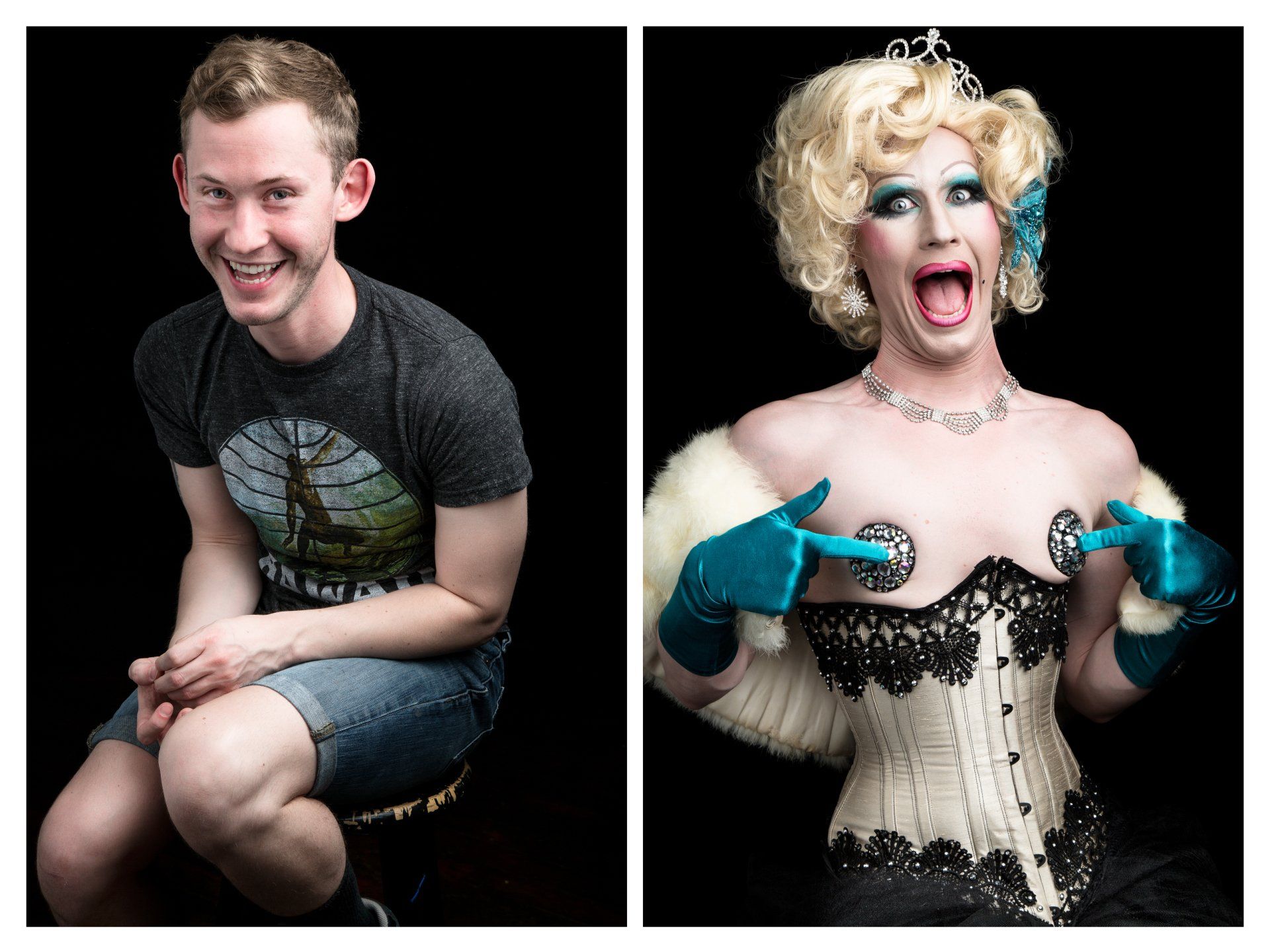Time Spent
An ongoing series documenting the relationship between the photographer and his grandparents. Told through intimate portraits, documentary and conceptual images.
Uprising
April 28th - May 5th 2015
On April 19th 2015 Freddie Gray Jr. was killed while in police custody. In the following days and weeks the citizens of Baltimore took to the streets. While overwhelmingly peaceful, April 27th saw a more violent response in the aftermath of Grays funeral. The streets exploded in riots. Citizens confronted a corrupt, often violent and racist police force. Over the subsequent days the National Guard was called in to maintain order and more people took to the streets.
100 Friends
“Love is not a symptom of time, time is just a symptom of love.”
—Joanna Newsom
In this body of work I pay tribute to friendship: the only true legacy to be of any lasting and real account. Accomplishments, places traveled, and money may be earned or passed on, but life's trajectory bends towards and is forever indebted to those with whom we are most fortunate to share our time: our friends.
Previous generations left portraits of Kings and Queens as a reflection of their timeless importance. I hope to convey a similar timelessness by using portraiture to honor and elevate my friends. The 100 people I have asked to partake have, without question, enriched my life beyond measure. Without them, my life trajectory would be markedly less splendid.
When the time comes to measure the sum of my life, I can only hope to be measured by the quality of the friends I’ve kept. By the love we’ve given, the meals we’ve shared, the heartbreak and joy we’ve exchanged. While this collection is by no means meant to be exhaustive, I hope it adequately expresses my deep well of gratitude.
Point of Entry
Elder Immigrants to Baltimore
Photographs by Sean Scheidt
Interviews by Ashley Minner
America’s process of nation-building has been one of inclusion and exclusion. Ideas about who does and doesn’t belong here are ever-contested and ever-changing with the political, economic, and social tides of history. Sean and I have a love for elders and their stories. We chose to collaborate on this series as both a logical continuation of our Elders of Baltimore project—a social media platform focusing on Baltimore seniors— and as a poignant way to disrupt hateful rhetoric about immigrants, which has been on the rise. We hope the likenesses and words of these incredible individuals remind us of our collective humanity and dignity—including those whom we might have regarded as “other”—and demonstrate that the shortest distance between any of us might just be a shared story.
Faces of Pride
By Lydia Woolever with Lauren Bell
Photography by Sean Scheidt
Grooming by Perryn Morris | Photo Assistance by Travis Marshall
Pride was born outside of a dark seedy bar on a hot summer night in the heart of New York City, fifty years ago this month. It was an ordinary Friday evening, with members of the city’s LGBTQ community congregating for drinks, dancing, and camaraderie inside the bustling Stonewall Inn. That is, until it wasn’t.
At the time, homosexuality was still considered a crime in Manhattan, as well as much of the United States, and establishments such as Stonewall often operated under the table, leading to routine raids by police. But as the hours pushed toward morning on June 28, 1969, patrons had reached a tipping point after years of harassment and discrimination. Instead of fleeing or simply complying, some 200 people decided to resist—then riot.
No one knows who threw the first quarter or bottle or brick that evening—it’s long said to have been started by drag queens and transgender women of color—or why that specific night, but this one moment would galvanize the gay rights movement and act as a rallying cry for queer liberation across the globe.
Today, the Stonewall Inn still stands, designated the first LGBTQ national monument in 2016, and in the five decades since the uprising, real progress has been made. “Don’t Ask, Don’t Tell” was repealed in 2010. Same-sex marriage was legalized in 2015. New language and gender options are taking root nationwide, including here in Maryland, where driver’s licenses will soon offer a nonbinary gender “X” designation, and cultural representation, from the Emmy-winning RuPaul’s Drag Race to the latest slate of Oscar nominees, has officially gone mainstream. And every June, thousands gather to commemorate that historic summer evening and the events that followed under the umbrella of a word that, from that time forward, would forever be linked to the LGBTQ community: Pride.
But the fight is far from over. Earlier this year, the Trump administration restricted transgender people from joining the military, the United Methodist Church denounced same-sex marriage and gay clergy, and now more anti-LGBTQ legislation is on the horizon. Hate crimes—particularly toward the trans community—are on the rise, and one is too many as queer kids continue to take their own lives.
Fortunately, in Baltimore, where Pride festivities began in 1975, a broad coalition of artists, activists, and educators are working hard to carry on the legacy of Stonewall, transforming the city and its LGBTQ community for the better. They’re reassessing and reevaluating, like the Gay, Lesbian, Bisexual and Transgender Community Center of Baltimore (GLCCB), which recently rebranded as the all-encompassing Pride Center of Maryland. They’re breaking down old barriers, with the “gayborhood” expanding beyond Mt. Vernon to nearly every neighborhood in the city. And they’re becoming more inclusive, as new spaces, events, and ideas come into existence. In short, they’re embodying and evolving the essence of Pride.
In 2019, Pride looks different than it did in 1969. A lot has happened, thanks to those pioneering protesters, and continues to happen, thanks to those who carry the torch. It’s still a shared struggle and celebration, and yet it’s wholly unique to each of the many faces that make up the LGBTQ community.
Burlesque
An exploration of Baltimore's Burlesque scene as told thru before and after images of performers in drag.
Press:

